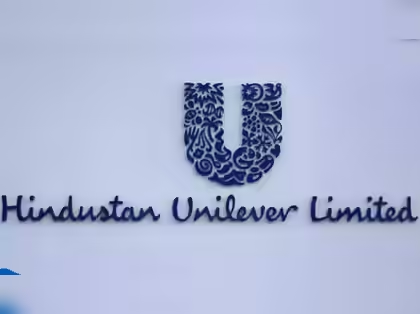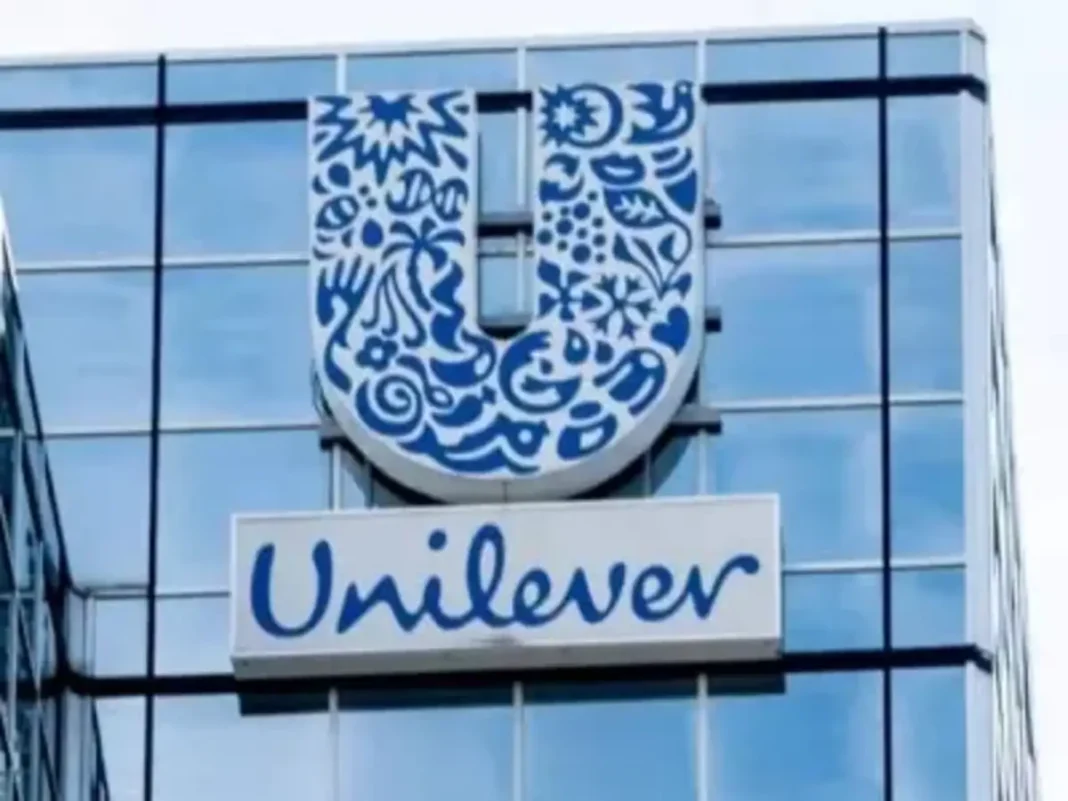
The shares of Hindustan Unilever Limited (HUL), one of India’s most respected FMCG companies, are currently stuck in a phase of bearish pressure. Over the last several months, HUL shares have remained underperforming while broader markets like Nifty50 and Sensex have seen impressive rallies. This prolonged weakness in its stock has caused concerns among investors, traders, and market analysts alike. The central question now is whether HUL can recover from this slump and re-establish its dominance in the stock market. Let’s explore what led to the downfall, what the current indicators suggest, and whether there’s potential for a meaningful rebound in the near future.
The Ongoing Stock Market Struggles for HUL
While the Indian stock market has witnessed considerable gains, with many companies reaching new all-time highs, HUL shares have consistently lagged behind. As of June 2025, the stock has declined over 10% year-on-year, despite being considered a defensive play and a preferred pick during uncertain market cycles. For a company known for stable earnings, strong brand loyalty, and market leadership, this performance seems unusual. Investors who previously considered HUL as a safe and consistent performer are now either on the sidelines or actively questioning the stock’s outlook.
What Is Dragging Down HUL Shares?
There are several interconnected factors behind the continued weakness of HUL in the stock market. Firstly, volume growth has been disappointing. HUL derives a significant chunk of its revenue from rural markets, and currently, rural demand is under pressure. Economic recovery in small towns and villages has been slow, with consumers spending cautiously due to inflation and stagnant income levels. This has led to slower growth in daily-use products such as soaps, detergents, and packaged foods.
Secondly, inflation and elevated input costs have squeezed the company’s margins. Over the last two years, the prices of key raw materials, including palm oil, chemicals, and packaging material, have remained high. Although HUL has responded by increasing prices, this strategy has not fully worked. In many cases, price hikes have led to a drop in volumes, as cost-sensitive consumers switched to local or unbranded products. This has created a margin-volume conflict, putting pressure on both top-line and bottom-line numbers.
Another critical factor is the increasing competition in the Indian FMCG sector. Established players like Patanjali, Dabur, Marico, and ITC are giving HUL stiff competition across multiple categories. Simultaneously, many new-age startups and D2C (direct-to-consumer) brands are offering niche products that appeal to younger and health-conscious consumers. This fragmentation in the market has diluted HUL’s traditional advantages and impacted its market share in certain categories.
Changing Consumer Preferences Are Affecting Growth
The evolving preferences of Indian consumers are also playing a role in HUL’s current struggles. A growing number of consumers, particularly in urban areas, are shifting towards natural, ayurvedic, sustainable, and organic products. While HUL has tried to keep up with this trend by launching sub-brands and acquiring natural product lines, these efforts are still in early stages and have not yet compensated for the decline in legacy brands. Moreover, health-focused categories are growing fast, but require substantial investment in marketing and innovation before delivering measurable returns.
Muted Sentiment Due to Global and Domestic Factors
On a broader scale, investor sentiment toward FMCG stocks like HUL has also weakened due to global uncertainties. Issues such as high inflation, interest rate volatility, geopolitical tensions, and global economic slowdown have pushed investors toward growth-oriented sectors like banking, technology, and capital goods. As a result, defensives like FMCG are being avoided in the current cycle. In this context, HUL’s slow growth appears less attractive compared to other investment opportunities.
HUL’s Financial Performance in Recent Quarters
From a financial standpoint, HUL has continued to remain stable but not impressive. In the most recent quarter ending March 2025, HUL posted modest revenue growth, but it remained largely flat in volume terms. Margins improved slightly due to better cost control and lower advertising spend, but this came at the cost of market share in some competitive categories. The company’s net profit remained steady, but the lack of meaningful acceleration has made investors cautious.
According to experts, volume-led growth is the real test for FMCG companies, especially one as large and diversified as HUL. Merely relying on price hikes cannot be a sustainable long-term strategy, particularly in a sensitive and competitive consumer market like India.
Analyst Views: Mixed Sentiments, Cautious Optimism
The opinion of market analysts and brokerage firms is divided. Some analysts believe that HUL’s valuation remains expensive considering its low growth trajectory. They advise waiting for a clearer turnaround in consumption trends before taking fresh positions. However, others argue that HUL remains a fundamentally strong stock with high return ratios, stable cash flows, and industry-leading brands. They suggest that the current correction could be a buying opportunity for long-term investors, especially if rural demand revives and input costs soften.
Brokerage houses like Motilal Oswal, HDFC Securities, and ICICI Securities have maintained “Hold” or “Neutral” ratings, with target prices that offer limited upside in the short term. Their reports often stress the need for rural recovery and volume growth as key triggers for a meaningful re-rating.
What Can Lead to a Comeback?
Despite the current challenges, several factors could help HUL regain its momentum. A major catalyst would be a revival in rural demand, which is closely linked to monsoon quality, agricultural output, and government welfare spending. If rural incomes improve, demand for daily-use products could bounce back, positively impacting HUL’s volume growth.
Another factor is the normalization of raw material prices. If inflation eases and input costs fall, HUL may be able to offer better value propositions to consumers without hurting its margins. This could help the company win back price-sensitive buyers who have migrated to cheaper alternatives.
HUL is also focusing on innovating new products, especially in the areas of skincare, wellness, nutrition, and premium personal care. With an increasing number of young and aspirational consumers in India, these categories hold promise for future growth. If HUL successfully executes its innovation strategy, it can not only boost revenue but also improve brand perception among urban buyers.
The company’s digital transformation is another important area. HUL is investing heavily in e-commerce, direct-to-consumer platforms, and using data analytics to drive marketing and inventory decisions. These efforts, though still developing, may help the company improve margins and reach new customers more efficiently.
What Should Investors Do Now?
For long-term investors, HUL remains a blue-chip stock with a legacy of consistent performance and resilience in tough times. The company has strong brands, robust distribution, and access to capital, which gives it an edge in navigating uncertain environments. If your investment horizon is three to five years, and you believe in India’s consumption story, this may be a good time to accumulate on dips.
However, for short-term traders, caution is advisable. The stock may continue to remain range-bound unless strong triggers such as a bumper monsoon, rural recovery, or major cost improvement emerge. It’s important to track quarterly earnings, management commentary, and macroeconomic signals before making any fresh trades.
How HUL Is Strategically Responding
The management at HUL is actively working to overcome these challenges. They are streamlining supply chains to reduce operational costs, launching small and affordable packs to cater to rural consumers, and investing in new marketing campaigns to regain brand visibility. The company is also pushing its sustainability goals, including reducing plastic use and water consumption, which helps it appeal to the environmentally conscious segment.
These efforts may not show immediate results, but they are steps in the right direction for long-term competitiveness and growth. HUL’s leadership team has also emphasized its intent to expand its footprint in high-growth categories, such as health foods, supplements, and herbal personal care.
The current market phase is undoubtedly tough for HUL, but the company’s fundamentals remain strong. It continues to generate stable cash flows, maintain healthy return ratios, and has a rich portfolio of trusted brands. The key to recovery lies in reviving volume growth, especially from rural areas, and adapting quickly to changing consumer preferences.
While short-term headwinds may persist, there is potential for a strong rebound if the right external and internal triggers align. For now, investors are advised to keep an eye on monsoon forecasts, input price trends, and future earnings calls to gauge the strength of HUL’s comeback story.































